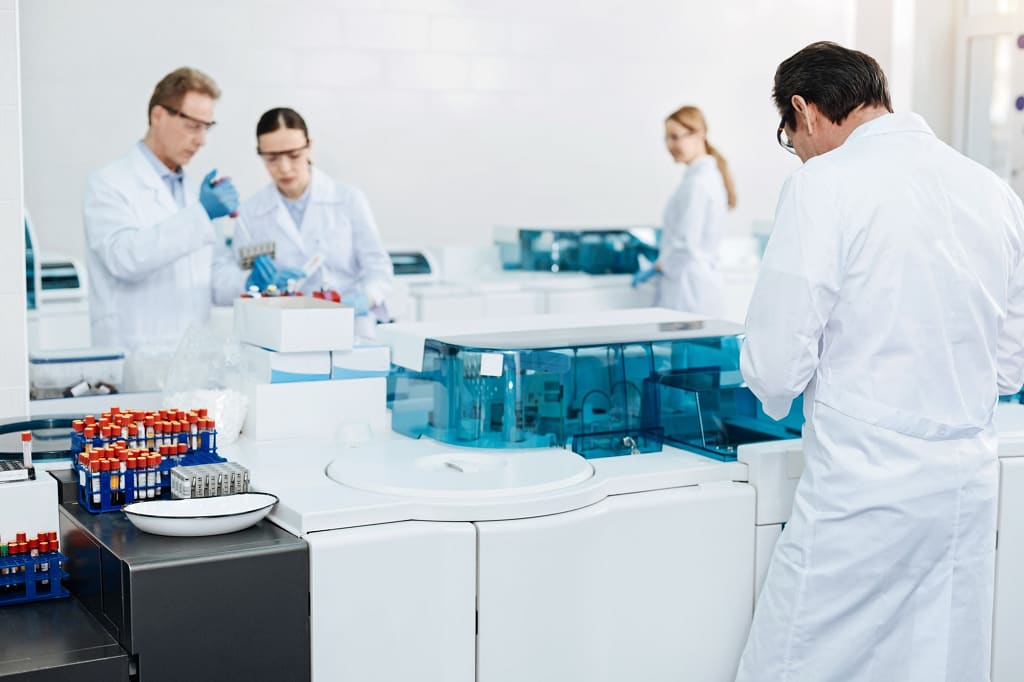
Portable Lab Equipment: Unlocking Possibilities for Field Research
In the world of scientific research, staying ahead often means going beyond the confines of traditional laboratories. Whether you’re a biologist studying wildlife, a geologist examining rock formations, or an environmental scientist assessing pollution levels, there’s a growing need for portable lab equipment that can be used in the field. In this blog post, we’ll explore the exciting world of portable lab equipment, its advantages, and how it’s revolutionizing field research.
The Shift Toward Field Research
Field research involves collecting data and samples directly from natural environments, rather than conducting experiments in a controlled laboratory setting. While traditional labs offer precise conditions and equipment, they often limit researchers to studying samples brought from the field. However, advancements in portable lab equipment are shifting the balance.
Portable Lab Equipment: What Is It?
Portable lab equipment refers to compact, lightweight, and rugged devices designed for use outside of traditional laboratory settings. These devices are equipped with specialized features that enable researchers to conduct various analyses and experiments directly in the field. They come in a variety of forms, each tailored to specific research needs.
Applications Across Disciplines
Portable lab equipment has found applications in diverse scientific disciplines:
Biology and Ecology: Biologists can now access DNA sequencing at ease to identify the species, while ecologists can analyze water quality and soil composition in remote locations.
Geology and Earth Sciences: Geologists employ portable X-ray fluorescence (XRF) analyzers to determine the elemental composition of rocks and minerals, aiding in geological surveys.
Environmental Science: Portable gas chromatographs help environmental scientists measure air quality, detect pollutants, and monitor greenhouse gases.
Medicine and Healthcare: Medical professionals use point-of-care diagnostic devices to diagnose diseases quickly and accurately, especially in remote or underserved areas.
Archaeology: Archaeologists use portable spectrometers and 3D scanners to analyze artifacts and uncover hidden details of ancient civilizations.
Advantages of Portable Lab Equipment
The adoption of portable lab equipment is driven by several advantages:
Real-time Data: Researchers can collect and analyze data on-site, reducing the time and costs associated with sample transportation and analysis.
Environmental Monitoring: Monitoring environmental changes and responding promptly to emerging issues like pollution or disease outbreaks is possible.
Cost-Effective: Portable equipment reduces the need for costly laboratory facilities and minimizes sample transportation expenses.
Accessibility: Remote or underserved areas can benefit from the immediate availability of diagnostic tools and research capabilities.
Flexibility: Researchers gain the flexibility to adjust experiments and data collection methods based on real-time observations.
Notable Innovations in Portable Lab Equipment
In recent years, significant advancements have been made in the development of portable lab equipment:
Miniature DNA Sequencers: Portable DNA sequencers, like the Oxford Nanopore MinION, allow genetic analysis in the field, enabling rapid species identification and population genetics studies.
Pocket-Sized Spectrometers: Miniaturized spectrometers are now capable of identifying chemical compounds and their concentrations in various samples.
Point-of-Care Diagnostic Devices: These handheld devices can diagnose diseases and conditions on-site, providing immediate results for patients.
Field-Ready Microscopes: Portable microscopes with smartphone connectivity offer high-resolution imaging, making them indispensable tools for microbiologists and pathologists.
Challenges and Future Directions
While portable lab equipment offers numerous benefits, it’s not without challenges. Researchers must ensure the reliability and accuracy of field data. Calibrating and maintaining portable devices are essential. Additionally, data security and management must be addressed when working in remote locations.
The future of portable lab equipment looks promising. Advancements in sensor technologies, artificial intelligence, and data analytics will likely lead to even more sophisticated and user-friendly devices. Moreover, interdisciplinary collaborations between scientists, engineers, and technologists will continue to drive innovation in this field.
~ Warm regards,
Dr. Dipti Charisma Ekka, MBBS, MD, MHA





Comments (1)
Great work! Fantastic job!